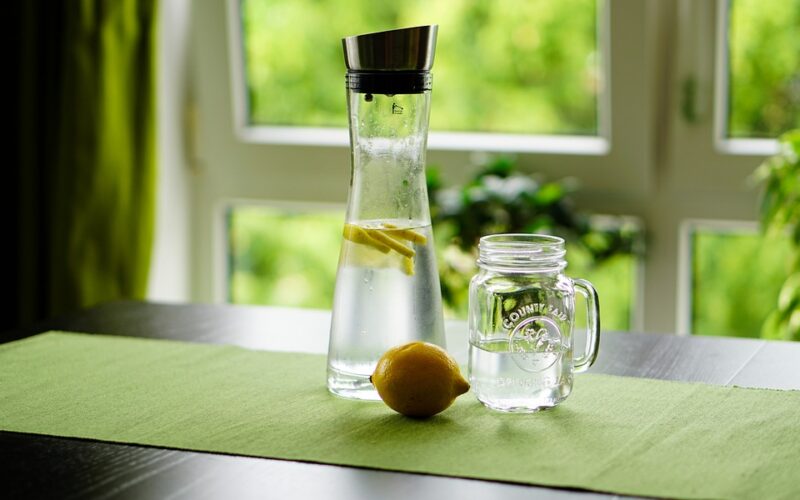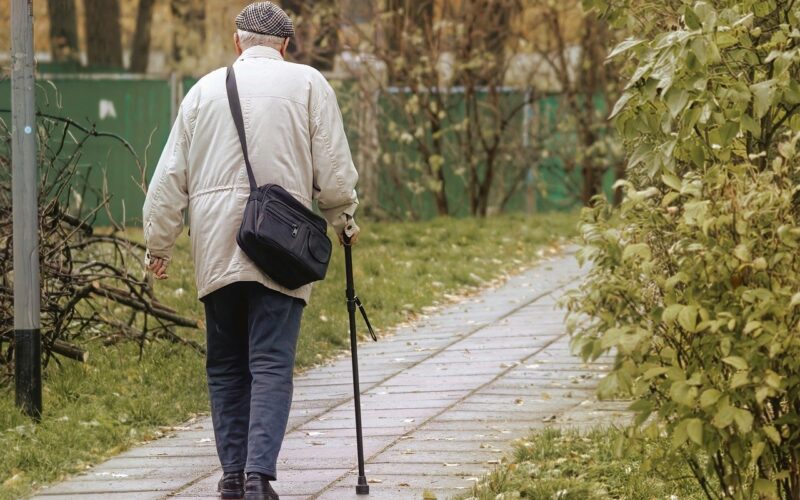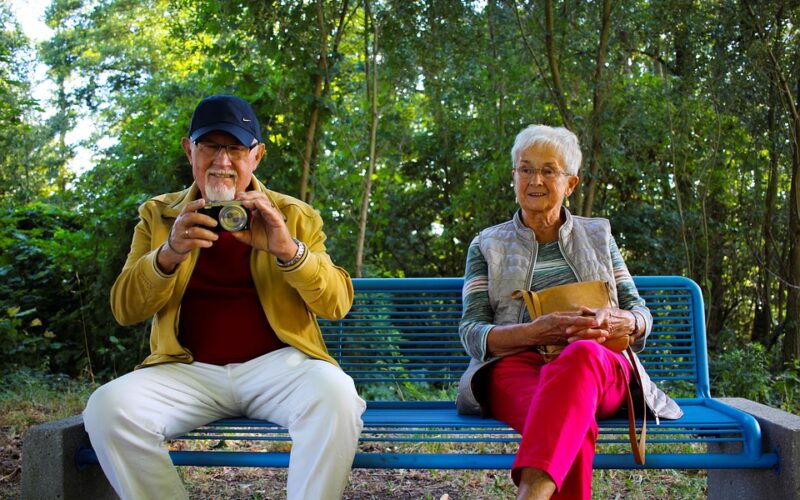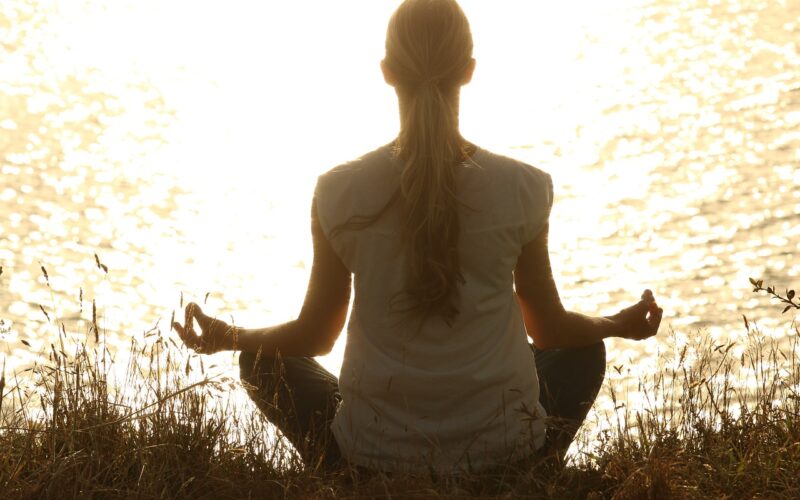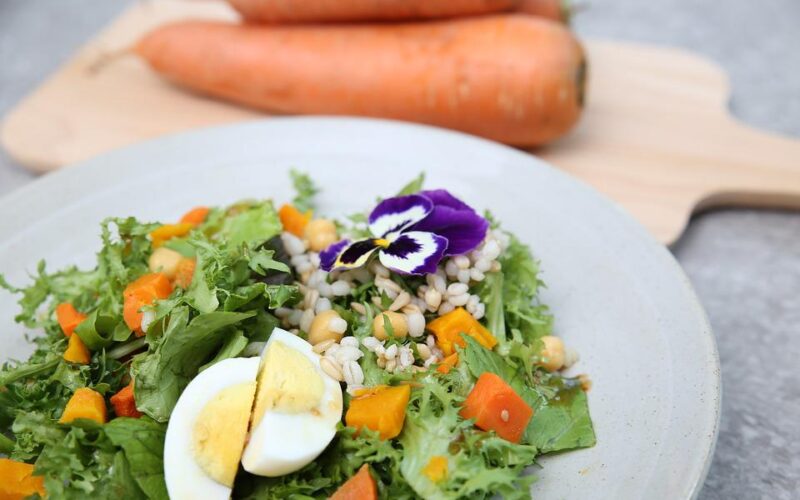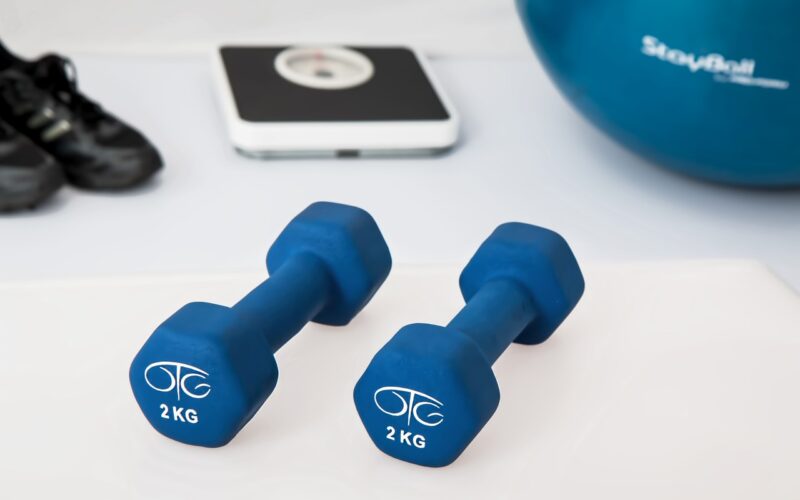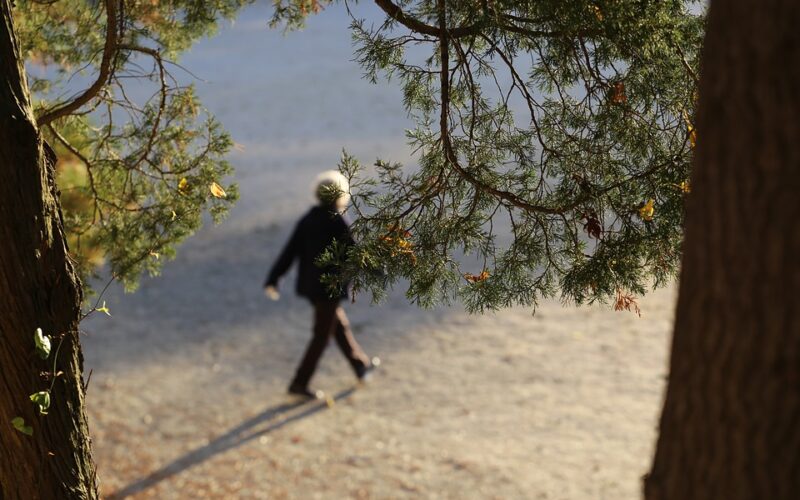Keeping Fit The Older We Get
The golden years are often touted as a time of relaxation and slowing down, but this couldn't be further from the truth when it comes to maintaining our health. Keeping fit as we age is not just important—it's essential for preserving our quality of life, enabling us to enjoy our later years to the fullest.
Why fitness becomes increasingly critical with age
As our bodies mature, they undergo various changes that can impact our physical abilities and health. Muscle mass naturally declines, our metabolism slows down, and the risk of chronic health conditions rises. Regular exercise can counteract these trends, helping maintain muscle strength, cardiovascular health, and flexibility. Ignoring the importance of fitness can lead to a sedentary lifestyle, which is a significant risk factor for diseases like obesity, heart disease, and diabetes.
Physical health benefits of staying active
The benefits of regular exercise extend across various aspects of physical health. Staying active helps manage weight, reduces the impact of age-related muscle loss, and maintains bone density, thus reducing the risk of osteoporosis. Furthermore, exercising regularly can lower blood pressure and improve heart health, potentially adding quality years to one's life.
Mental and emotional advantages of fitness
The link between physical well-being and mental health is well-established, with exercise serving as a powerful tool against depression, anxiety, and stress. Physical activity releases endorphins, the body's natural mood lifters, which promote a sense of happiness and contentment. Keeping fit can also provide a sense of purpose and achievement while combating feelings of loneliness through social interactions in group exercise settings.
Overcoming barriers to fitness
Challenges such as mobility limitations, chronic pain, or fear of injury can hinder older adults' participation in physical activities. However, these barriers can be navigated with tailored exercise programs that cater to individual limitations. Low-impact activities like walking, swimming, or yoga can be excellent starting points for building fitness without undue strain on the body.
How to incorporate fitness into daily life
Incorporating fitness into daily life doesn't necessarily mean hours at the gym. Simple changes like taking the stairs instead of the elevator, going for regular walks, or performing household chores can contribute to overall fitness. Structured exercises, like strength training or flexibility routines, should ideally be scheduled several times a week.
The role of diet and nutrition
A balanced diet goes hand in hand with a fitness regimen, particularly in older age. Proper nutrition supports exercise by providing energy and aiding in recovery. Diets rich in lean proteins, healthy fats, whole grains, and a variety of fruits and vegetables are optimal for fuelling an active lifestyle and assisting in the management of age-related health conditions.
Seeking professional guidance
Lastly, it's advantageous for older adults to seek professional guidance when crafting a fitness plan. Healthcare providers or fitness professionals specialised in working with older populations can offer personalised recommendations that align with an individual's health status, fitness level, and goals. This tailored approach maximises the benefits of physical activity while minimising the risk of injury.
Fitness is not just a hobby for the young. It's a fundamental component of a healthy and fulfilled older age. By acknowledging the critical role of physical activity and making it a priority, we can all contribute to a healthier, happier, and more vigorous life as we age.



